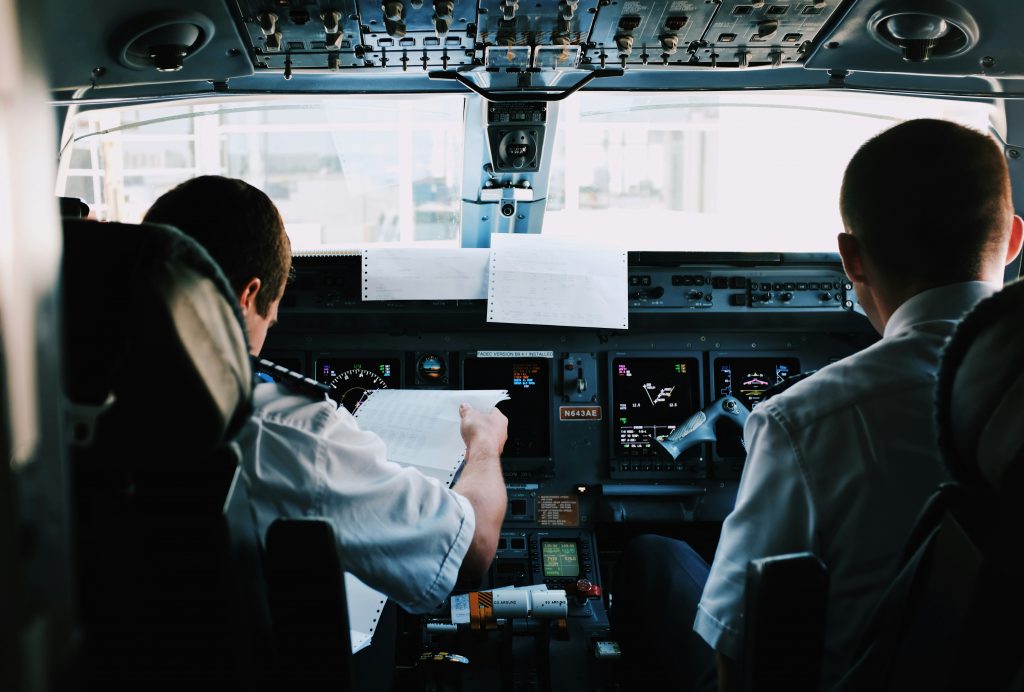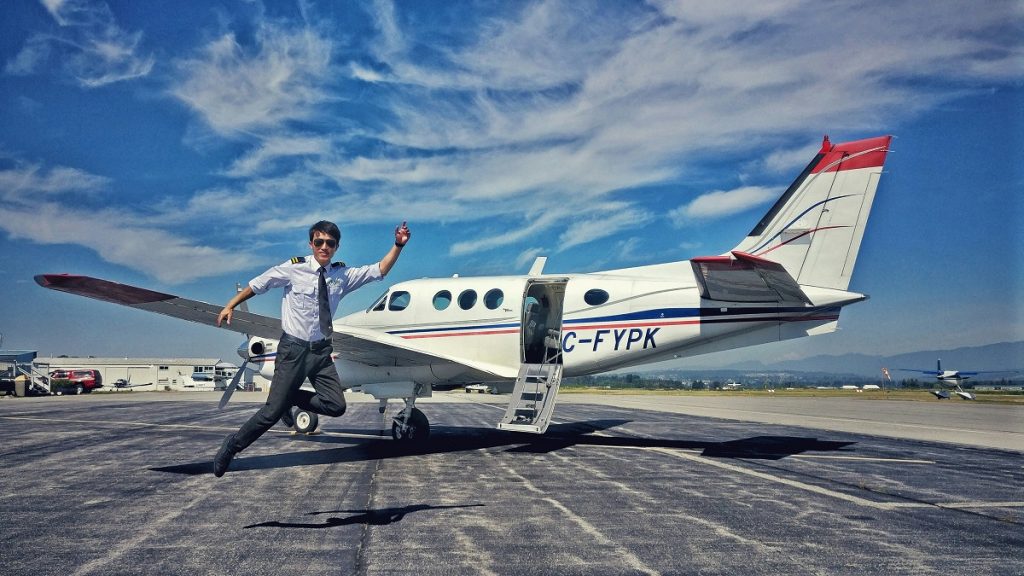
- Becoming a pilot requires significant financial investment, including the costs of a Private Pilot License, Commercial Pilot License, and Airline Transport Pilot Certificate.
- Scholarships, financial aid, and loan options from various organizations can help aviation students manage the high costs of flight training.
- Building a professional network through industry events and aviation clubs is essential for career advancement and opportunities in aviation.
- Continuing education, such as obtaining instrument or multi-engine ratings, enhances employability and opens doors to higher earning potential.
- A piloting career is fulfilling. Pilots experience unique challenges and rewards, from storm navigation to sunset views from the cockpit.
The sky has always been a canvas of dreams and possibilities. For many, the ultimate dream is to pierce the clouds as a pilot, navigating through the vast expanse of blue, embodying freedom and adventure. The path to becoming a pilot, filled with rigor and excitement, promises a career unlike any other. With over 290,000 pilots in the United States alone as of 2021, the aviation industry offers vast opportunities for aspiring aviators. If you’re captivated by the thought of taking to the skies, this guide will chart the course of your dream, highlighting the essential steps in pilot training and beyond.
Understanding the Role of a Pilot

Pilots are not just individuals who fly aircraft; they are meticulous planners, quick decision-makers, and excellent communicators. Whether you aspire to be a commercial pilot, taking hundreds of passengers across the globe, a private pilot flying for leisure, or an airline pilot navigating heavy air traffic, each role comes with unique responsibilities and rewards.
Commercial Pilots
Commercial pilots handle non-airline flights, such as charter flights, rescue operations, and aerial photography. The role demands extensive knowledge of aircraft systems, weather, and navigation. Obtaining a commercial pilot license (CPL) involves passing rigorous theoretical exams and accumulating flight hours.
Private Pilots
Private pilots fly smaller aircraft, often for personal or business travel, not for compensation. Achieving this status requires a private pilot license (PPL), which introduces the fundamentals of piloting, including navigation, weather, and aircraft operation basics.
Airline Pilots
Airline pilots operate flights for airlines, transporting passengers and cargo on a scheduled basis. This prestigious position requires an airline transport pilot (ATP) certificate, the pinnacle of pilot training, demanding the highest level of aeronautical knowledge and experience.
Steps to Becoming a Pilot

Becoming a pilot is a structured yet flexible process tailored to individual aspirations and circumstances. Here’s how to start your aviation career:
Education and Basic Requirements
A high school diploma is a minimum, but a bachelor’s degree is increasingly preferred, especially for airline pilots. Fundamental requirements include a Federal Aviation Administration (FAA) medical certificate and meeting the age criteria (at least 17 for a PPL and 23 for an ATP).
Prospective pilots must also have strong mathematical and scientific skills, essential for understanding navigation, aerodynamics, and meteorology. Many aspiring pilots start their education with training programs or flight schools that the FAA accredits. These programs offer structured learning environments where students can accumulate flight hours and receive instruction from experienced aviators.
Pilot Training Programs
Pilot training varies widely, from local flying clubs to full-fledged aviation academies. Training includes ground school for theoretical knowledge and flight training for practical experience. Key stages involve learning aircraft operation, navigation, communication, and emergency procedures.
Obtaining Licenses and Certifications
The journey from student pilot to certified pilot involves several steps, starting with a student pilot certificate and progressing through private, commercial, and, finally, airline transport pilot certifications. Each level requires passing both written exams and practical flight tests.
Financial Considerations and Funding
Pursuing a pilot career can be costly, with expenses encompassing ground school, flight training, and testing fees. Costs vary, but expect to invest tens of thousands of dollars. Funding options include scholarships, financial aid, and loans designed for aviation students.
Cost Breakdown
- Private Pilot License (PPL): Estimated $10,000 – $15,000
- Commercial Pilot License (CPL): Additional $20,000 – $30,000
- Airline Transport Pilot (ATP) Certificate: Further $5,000 – $10,000
Funding Opportunities
Numerous organizations offer scholarships for aspiring pilots. Additionally, some flight schools provide loan arrangements or payment plans to help manage the financial load.
Advancing Your Career
Networking and Industry Connections
Building a strong professional network is crucial in aviation. Attend industry events, join aviation clubs, and stay connected with your flight instructors and fellow trainees.
Advanced Training and Specializations
Continuing education and obtaining additional ratings, such as instrument or multi-engine ratings, can significantly enhance your employability and earning potential.
In Closing
The pursuit of becoming a pilot is a testament to the human spirit’s desire to explore and achieve. It requires dedication, investment, and passion but offers a fulfilling career that takes you places. Pilots enjoy a unique blend of challenges and rewards when navigating through storms or witnessing sunsets from the cockpit. If your heart is set on the skies, the path is clear, and the skies await. Your dream of flight is within reach—embrace it.



